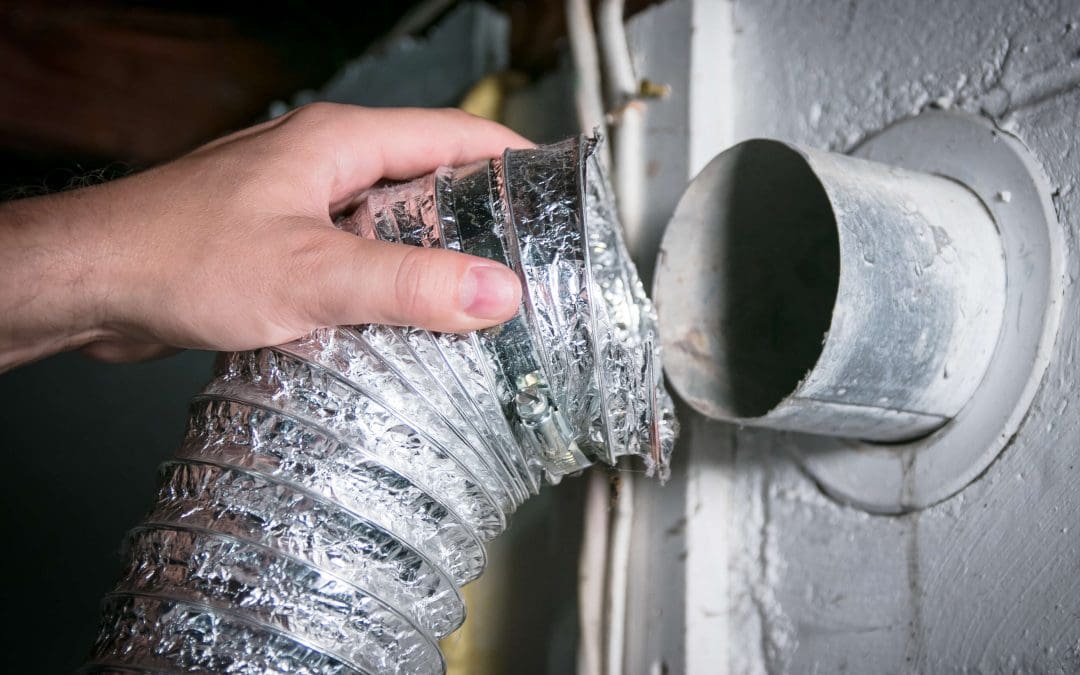An often overlooked step when doing laundry is making sure you have a clean dryer vent. This duct is the exhaust system for your dryer, and keeping it clear is vital for efficiency and safety. Let’s talk about why this simple maintenance task deserves a prime spot on your home care checklist.
The Fire Hazard Lurking in Your Laundry Room
You might be diligent about cleaning the lint trap, which is great, but it doesn’t catch everything. Tiny fibers sneak past and collect inside the dryer vent hose running to the outside of your house. This accumulated lint is incredibly flammable. When hot air can’t escape properly due to this buildup, the dryer overheats. Combine high temperatures with lint, and you have a serious fire risk, often hidden within walls or attic spaces. Lint buildup is a primary cause of residential dryer fires. Regular vent cleaning directly addresses and mitigates this danger, making it a critical fire prevention measure.
Boost Efficiency, Save Money, Extend Dryer Life
Safety aside, a clogged vent forces your dryer to work much harder and longer. Airflow is restricted, meaning the moist, hot air stays trapped in the drum instead of escaping. Your clothes take longer to dry and may require extra cycles. This directly translates to wasted electricity or gas and higher utility bills. This constant strain puts excess wear on the dryer’s motor, heating element, and other components. Just like any overworked machine, its lifespan can be cut short, leading to premature breakdowns and repairs. Keeping the vent clear allows for optimal airflow, resulting in faster drying times, lower energy consumption, and a longer, happier life for your dryer.
Spotting the Signs: When Do You Need To Clean Your Dryer Vent?
How do you know if your vent is clogged? Your dryer usually gives hints. Are clothes, especially towels or jeans, still damp after a normal cycle? Does the dryer itself feel unusually hot to the touch during or after operation? Have you noticed a musty smell in the laundry room or on your clothes, indicating trapped moisture? Is lint visibly accumulating around the exterior vent flap outside your home? If the answer is yes, the dryer vent probably needs cleaning.
DIY vs. Pro: Making the Call
For vents that are short and easily accessible, some homeowners opt for DIY cleaning using specialized brush and vacuum kits. Safety first: always unplug the dryer completely before cleaning. If your vent run is long, has several sharp bends, exits through the roof, or if you’re simply uncertain about doing it correctly and thoroughly, call a professional service. Pros have the right tools (high-powered vacuums and rotating brushes) to clean the entire duct length safely and effectively, and they’ll also inspect the system for damage. An annual professional cleaning is a worthwhile investment for most homes.
Don’t underestimate the importance of a clean dryer vent. It’s a straightforward task with big payoffs: enhanced home safety, reduced energy costs, shorter laundry times, and extended appliance longevity. Give your dryer vent the attention it deserves – it’s a small effort for substantial peace of mind.
Clean Your Dryer Vent FAQs
How often should dryer vents really be cleaned?
The general rule of thumb for professional cleaning is to clean it annually. Clean yours every six months if you have a large household doing frequent laundry, own pets that shed a lot, or if your dryer vent duct is particularly long (over 25 feet) or has many turns, as these factors accelerate lint buildup.
Can I just use a leaf blower to clear out the vent?
It’s not advisable. A leaf blower can potentially compact lint deeper into the system, creating a worse clog or even damaging flexible ductwork. It doesn’t scrub the inner surfaces effectively. Use tools specifically designed for vents or hire professionals for best results.
My dryer has a “check vent” indicator light. Is that reliable enough?
These indicators are helpful warnings but shouldn’t be solely relied upon. They typically alert you only after a significant blockage already exists. Proactive, regular cleaning (like annual checks) is better than waiting for the warning light, helping maintain efficiency and prevent issues before they trigger the sensor.
Does cleaning the lint trap after every load mean I don’t need to worry about the vent as much?
Cleaning the lint trap is crucial and helps a lot, but it doesn’t replace vent cleaning. The trap isn’t 100% effective; small particles still bypass it and accumulate in the vent over time. Continue cleaning the trap after each use, but maintain a separate schedule for cleaning the entire vent duct.
360 Home Inspections provides inspection services to Northern New Jersey. If you’re buying or selling a home, contact us to request an appointment.

